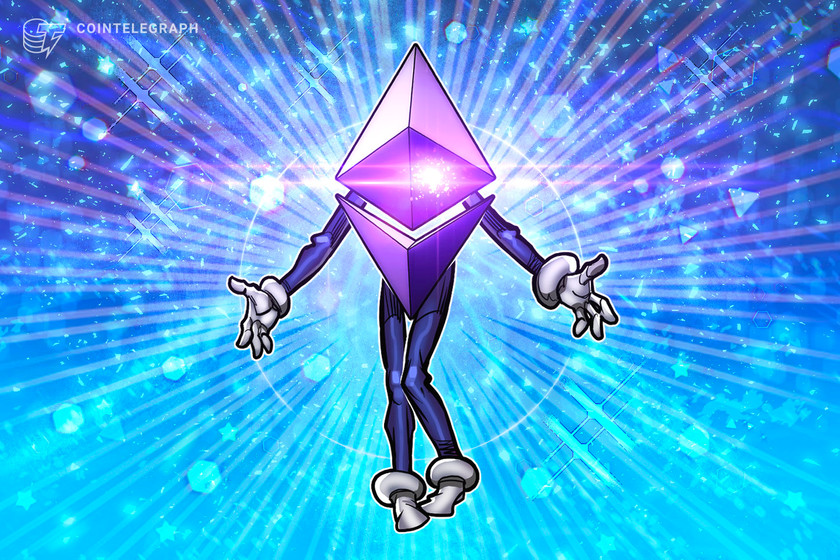Ethereum ‘re-staking’ protocol EigenLayer launches on testnet


The re-staking collective aims to address Ethereum validator economic incentives.
A new protocol that allows Ethereum validators and stakers to “re-stake” their assets onto other emerging networks has just launched on testnet.
The mainnet launch of the EigenLayer protocol is not expected until Q3, however, and testing will be phased in three stages to onboard various participants into the ecosystem. The first stage is using Ethereum’s Goerli testing network.
The project has some serious backing and announced $50 million in a Series A funding round in late March led by crypto venture firm Blockchain Capital, along with Coinbase Ventures, Polychain Capital, Electric Capital and Finality Capital Partner.
EigenLayer aims to become a decentralized marketplace for Ethereum node operators and validators to earn fees on additional services. It allows them to restake assets they received in exchange for staking Ether on platforms such as Lido (stETH) and RocketPool (rETH). The assets can be reused to validate and secure other networks, such as sidechains or non-EVM blockchains.
According to the white paper, EigenLayer also has plans to enable restaking for ETH withdrawn from the Beacon Chain following the Shapella upgrade.
“Ethereum validators can set their beacon chain withdrawal credentials to the EigenLayer smart contracts, and opt-in to new modules built on EigenLayer.”
The protocol aims to address issues with validator economic incentives. EigenLayer founder Sreeram Kannan said that facilitating the moving and re-staking of ETH onto other networks would incentivize validators and stakers with additional yields and allow smaller networks to grow securely.
We are excited to announce the release of the testnet for the first stage of the EigenLayer protocol, which supports liquid and native restaking.
Please read the full details here: https://t.co/1eoriZOcwo
1/8 pic.twitter.com/xLs3CC2EOK
— EigenLayer (@eigenlayer) April 6, 2023
In late March, Ethereum co-founder Joseph Lubin said that “[t]he Eigen Labs team is at the forefront of some of the most exciting work happening in Ethereum.”
Related: MetaMask Institutional unlocks solo ETH staking marketplace
“Eigenlayer is a new paradigm for fostering protocol-centric innovation through a programmatic, decentralized trust marketplace,” he added. High praise, but it’s worth noting that Lubin’s Ethereal Ventures fund has invested in EigenLayer.
There are currently 17.9 million ETH staked on the Beacon Chain, according to the Ultrasound.Money tracker. At current prices, this is valued at around $33.6 billion, which is more than the entire market capitalization of USDC. It represents almost 15% of the entire Ethereum supply.
Magazine: ‘Account abstraction’ supercharges Ethereum wallets: Dummies guide












